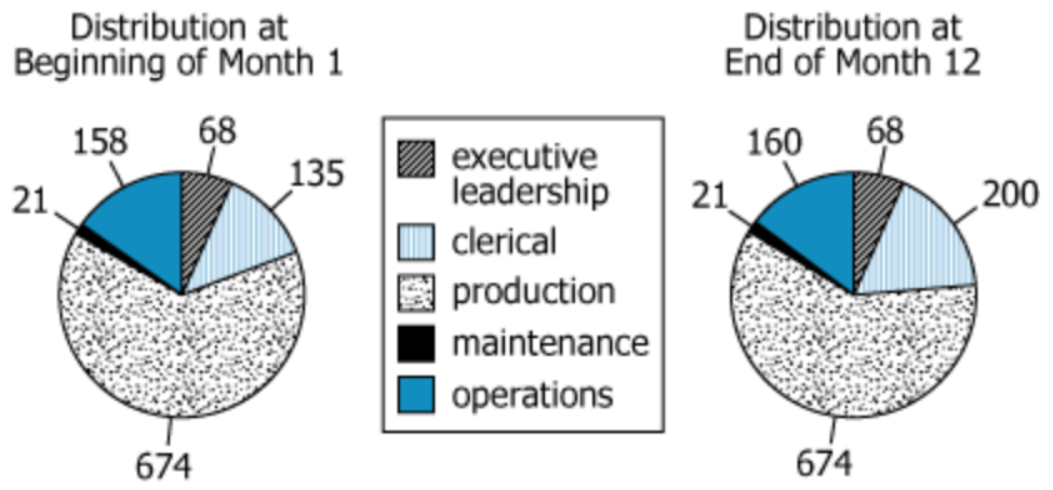Events & Promotions
|
|

GMAT Club Daily Prep
Thank you for using the timer - this advanced tool can estimate your performance and suggest more practice questions. We have subscribed you to Daily Prep Questions via email.
Customized
for You
Track
Your Progress
Practice
Pays
Not interested in getting valuable practice questions and articles delivered to your email? No problem, unsubscribe here.
- Nov 20
07:30 AM PST
-08:30 AM PST
Learn what truly sets the UC Riverside MBA apart and how it helps in your professional growth - Nov 22
11:00 AM IST
-01:00 PM IST
Do RC/MSR passages scare you? e-GMAT is conducting a masterclass to help you learn – Learn effective reading strategies Tackle difficult RC & MSR with confidence Excel in timed test environment - Nov 23
11:00 AM IST
-01:00 PM IST
Attend this free GMAT Algebra Webinar and learn how to master the most challenging Inequalities and Absolute Value problems with ease. - Nov 25
10:00 AM EST
-11:00 AM EST
Prefer video-based learning? The Target Test Prep OnDemand course is a one-of-a-kind video masterclass featuring 400 hours of lecture-style teaching by Scott Woodbury-Stewart, founder of Target Test Prep and one of the most accomplished GMAT instructors.
Kudos
Bookmarks
Dropdown 1: More than 100
Dropdown 2: decreased
Be sure to select an answer first to save it in the Error Log before revealing the correct answer (OA)!
Difficulty:
 75%
(hard)
75%
(hard)
Question Stats:
56% (02:17) correct 44%
(02:11)
wrong
44%
(02:11)
wrong  based on 1715
sessions
based on 1715
sessions
History
Date
Time
Result
Not Attempted Yet

Categories: The circle graphs show the number of employees in each of Company Z’s five employee categories at the beginning and end of a 12-month period. Each employee was in exactly one of the categories, and no employee moved from any category to any other.
Departures: During the same 12-month period, 145 employees left Company Z. None of those who left returned to Company Z.
Based on the information provided, select from each drop-down menu the option that creates the most accurate statement.
new employees joined the company during the 12-month period, and the percentage of Company Z employees who were in the executive leadership category during that period.

GMAT-Club-Forum-3xlg17y0.png [ 285.77 KiB | Viewed 4017 times ]
Categories: The circle graphs show the number of employees in each of Company Z’s five employee categories at the beginning and end of a 12-month period. Each employee was in exactly one of the categories, and no employee moved from any category to any other.
Departures: During the same 12-month period, 145 employees left Company Z. None of those who left returned to Company Z.
Based on the information provided, select from each drop-down menu the option that creates the most accurate statement.
new employees joined the company during the 12-month period, and the percentage of Company Z employees who were in the executive leadership category during that period.
Official Mock No. 5


Attachment:
GMAT-Club-Forum-3xlg17y0.png [ 285.77 KiB | Viewed 4017 times ]
ShowHide Answer
Official Answer
Dropdown 1: More than 100
Dropdown 2: decreased
pranjalshah
Joined: 11 Dec 2023
Last visit: 10 Nov 2025
Posts: 101
Given Kudos: 202
Location: India
Concentration: Operations, General Management
Schools: ISB '27 (A$$$$)
GMAT Focus 1: 735 Q90 V87 DI82 

Kudos
Bookmarks
Total employees at the start = 674+21+158+68+135
Total employees at the end = 674+21+160+68+200
Difference = (160-158)+(200-135) = 67
There are 67 more employees at the end of month 12, despite 145 employees leaving. Therefore total new joiners = 145+67 = more than 100.
and since no of employees in executive leadership remains constant even after the total number of employees has increased, therefore there's a % decrease.
Total employees at the end = 674+21+160+68+200
Difference = (160-158)+(200-135) = 67
There are 67 more employees at the end of month 12, despite 145 employees leaving. Therefore total new joiners = 145+67 = more than 100.
and since no of employees in executive leadership remains constant even after the total number of employees has increased, therefore there's a % decrease.
General Discussion
Kudos
Bookmarks








